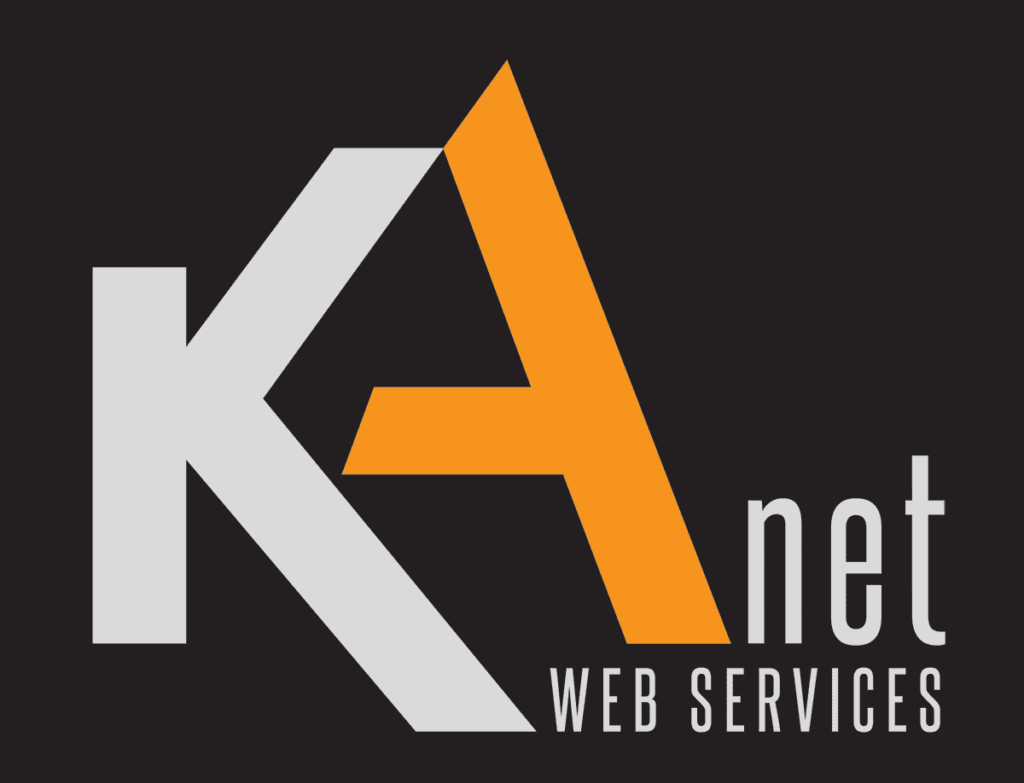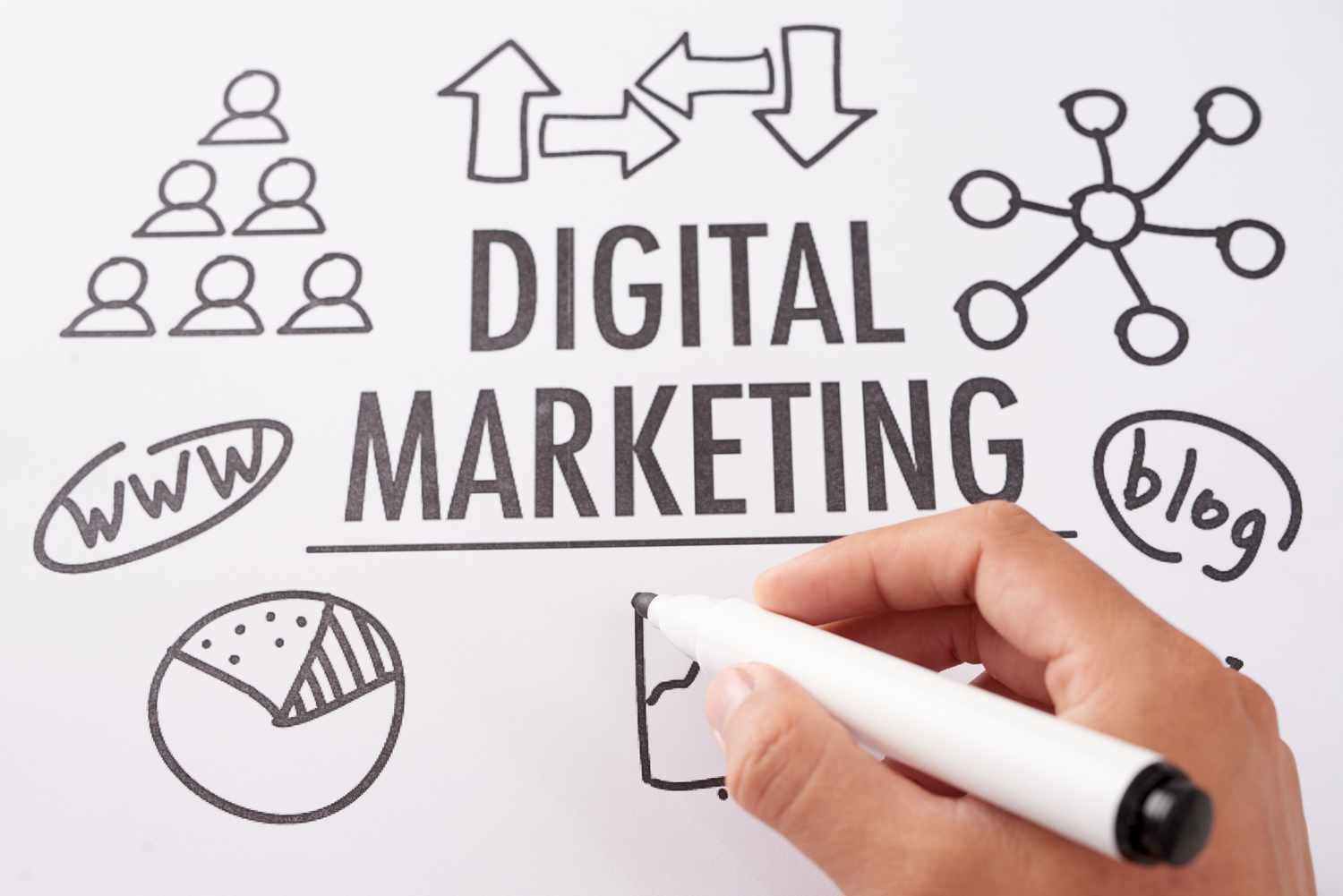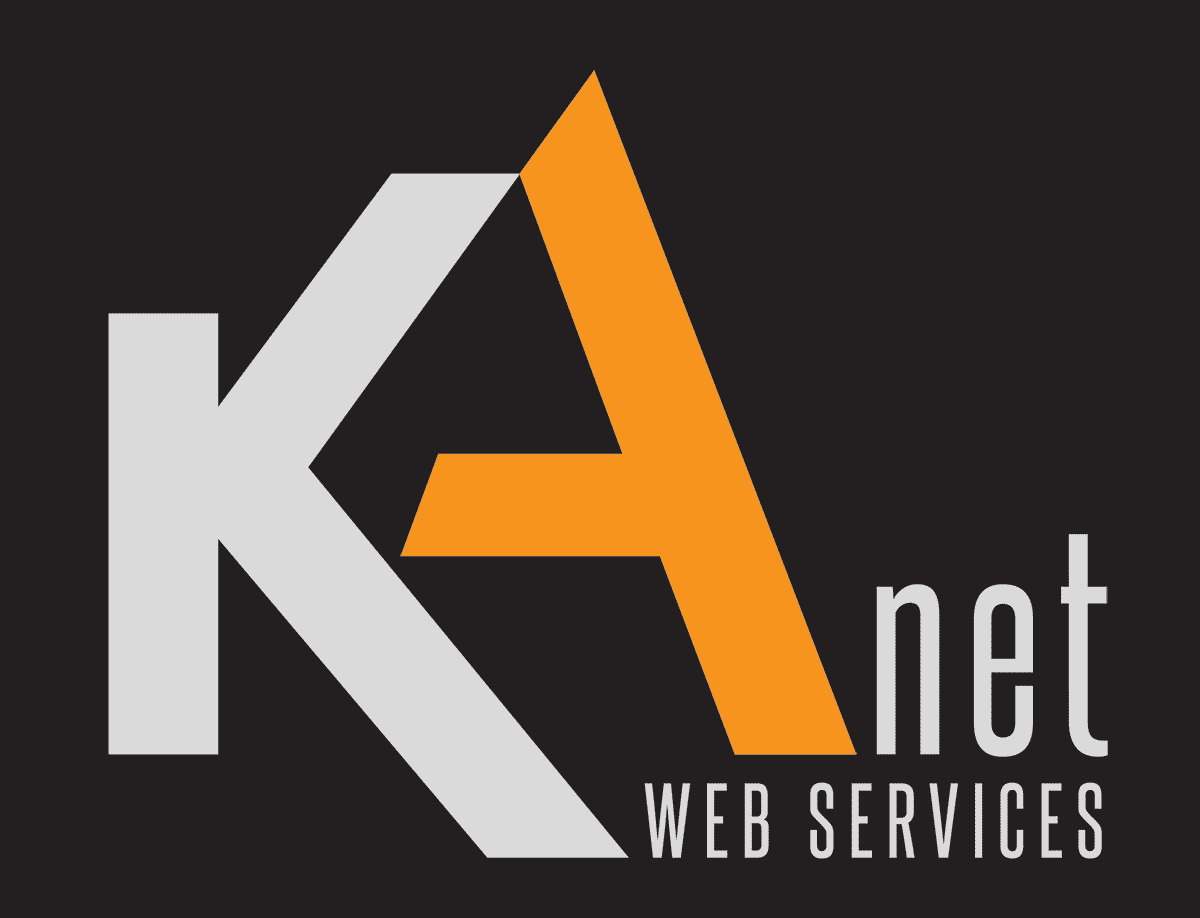Digital marketing normally refers to marketing campaigns that appear on a computer monitor, cell phone, tablet, or other device with a screen. It includes display ads, online video, and social media posts all compared to the well-known “traditional marketing” models such as direct mail, billboards and of course magazine and even television advertising.
The vast majority of people with internet access go online on a daily basis, at least one third. Of those, almost two thirds go on more than once a day and a quarter is constantly online.
Mobile internet user figures are even higher. Four fifths go online at least daily, and one third is constantly online. As any marketer should, taking advantage of this with an online advertising presence is imperative!
Digital marketing – What is it?
Digital marketing is using the internet and other forms of digital communication for the promotion of brands. E-mail, text and multimedia messages, social media, and web-based advertising are included in this.
Essentially, if a marketing campaign involves digital communication, it is digital marketing.
Digital marketing vs Inbound marketing
Digital marketing and inbound marketing are easily confused, because Digital marketing uses many of the same tools as inbound marketing. Two of these are, email and online content. Both exist to seize the attention of potential prospects in the hope of turning them into paying customers. Both approaches have different perspectives of the relationship concerning tools and goals.
Digital marketing carefully considers how each specific tool can convert prospects. For instance, a brand’s digital marketing stratagem may focus all of its efforts on one platform or use multiple platforms.
Inbound marketing is an all-inclusive concept. It considers the goal first, and then looks at the available tools to determine which will effectively reach target customers, and then at which phase of the sales funnel that must happen.
It is important to remember that you don’t have to choose between digital marketing and inbound marketing. They work best in tandem. Inbound marketing provides structure and purpose to digital marketing efforts, making sure that each platform works toward a goal.
Digital marketing and B2B vs B2C
Digital marketing works for both B2B and B2C companies. However, best practices between the two differ significantly.
B2B clients have processes of longer decision-making; their sales funnels are therefore longer. Strategies based on Relationship-building with clients work better. B2C customers respond to short-term offers and messages better.
B2B transactions are usually based on evidence and logic, these are presented by skilled digital marketers. B2C content is emotionally-based, focused on the customer feeling good about their purchases.
1 person’s input will not suffice for B2B decisions. The marketing resources that best drive these decisions are downloadable and shareable. On the other hand, one-on-one connections with a brand are favored by B2C customers.
To every rule, there are exceptions. A B2C company’s high-ticket products, e.g. cars or computers, usually offer more serious and informative content. Whether B2B or B2C, strategies have to be geared toward the company’s customer base.
Types of digital marketing
Within digital marketing, there are as many specializations as there are means of interacting using digital media.
Key examples of what each is:
What is Search engine optimization
SEO or, Search Engine Optimization, is a marketing tool not a method of marketing. “The art and science of making web pages attractive to search engines.” is what defines it as “Balanced”.
What is most important is the “art and science” part of. Search Engine Optimization or, SEO is a science, because it requires extensive research and weighing diverse contributing factors in order to achieve the highest possible SEO ranking. The most important elements to consider, for the moment, when optimizing a web page include:
- Quality of content
- Level of user engagement
- Mobile-friendliness
- Number and quality of inbound links
SEO is a science because of the strategic use of these factors it makes, the ART stems from the unpredictability involved.
Google changes its algorithm almost constantly, making it impossible to make exact predictions. Hence, there is no quantifiable rubric or consistent rule for ranking highly in SEO. Making adjustments after closely monitoring a page’s performance is all one can do and is a constant.
What is Content marketing
The distribution of valuable and relevant content to a specific audience is a major factor in content marketing based on SEO strategy.
The goal of content marketing in any marketing strategy is to attract leads that eventually convert into paying customers. It does so offering value for free in the form of written material differently than traditional advertising, instead of enticing prospects with potential value from a product or service.
Content marketing is important with many statistics to prove it:
- 84% of consumers expect companies to produce entertaining and helpful content experiences
- 62% of companies that have at least 5,000 employees produce content daily
- 92% of marketers believe that their company values content as an important asset
Content marketing can be complicated, but effective. While people are engaging, reading the material, sharing it, and interacting further with the brand, Content Marketing Writers have to make sure that their content must be relevant, in order to establish strong relationships throughout the pipeline.
What is Social media marketing
The most prevalent platforms for social media marketing are Facebook, Twitter, and Instagram. LinkedIn and YouTube are a little less so but still strong. These are commonly known as Social media platforms and marketing via them means driving traffic and brand awareness by engaging people in discussion online with these platforms.
Social media marketing involves active audience participation, due to this it has become a popular way of winning the attention of those who use them. The Content Marketing Institute reports that, 61% of B2B content marketers increased their use of social media this year alone. This makes it by far the most popular content medium for B2C marketers attaining 96% of their business, and it is well on its way to increasing in the B2B sector.
Because Social media marketing as a rule offers built-in engagement metrics and statistics, they help to understand how effectively one reaches their audience. These metrics include the number of shares, comments, or total clicks that have been counted on the website. This way the business is afforded the opportunity to decide which sectors and businesses are being engaged most.
Depending on a company’s goals, marketing strategies may vary, for instance, direct purchase may not be the goal of your social media marketing strategy. Companies may use social media marketing to start dialogues with audiences instead, in an effort to build trust and gather information specific to the needs to be met. This is especially common in brands that target older audiences rather than encourage them to spend money on impulse.
What is Pay-per-click marketing
PPC, or Pay-per-click marketing, basically means that your company posts an advertisement on a platform and paying a small sum of money every time someone clicks on it. Many clicks of course can add up to big numbers.
How and when people see your ad is a bit more complicated. When a spot is available on a search engine results page, also known as a SERP, the engine fills the spot with what is essentially an instant auction. An algorithm prioritizes each available ad based on a number of factors, including:
- Advertisement quality
- Bid amount
- Keyword relevance
- Landing page quality
After clicking on an advertisement, a PPC campaign may have one or more actions that viewers are meant to complete which are known as conversions. These can be non-transactional or transactional. For example, a call made to your home office, a newsletter signup or making a purchase is a conversion.
Whatever the choice of target conversions, they can tracked via the chosen platform to keep track of how the advertising campaign is performing.
What is Affiliate marketing
Affiliate marketing is when one party promotes another’s business and receives a percentage in cash for doing so. Whether it is a promoter or a business that works in tandem with a promoter, the process remains the same.
The process works both ways for affiliates, purchasers and merchants by using a revenue sharing model. Affiliates get a commission when a purchaser buys an item they promote. Merchants pay the affiliate for every sale they help them make.
Another practice of affiliate marketers is to review products of just one or multiple merchants. They may do this on other third-party sites or a blog.
Whether a person or company wants to find an affiliate or be one, they have to make a connection with the other party first. There are several platforms designed to connect retailers with affiliates. Another way is to join or start a single-retailer program.
Retailers, who choose to work directly with affiliates, have many options to make their program appealing to promoters. Tools must be provided to them to help them to succeed. These may include pre-made materials, marketing support and incentives.
What is Native advertising
The practice of blending in advertising with its surrounding content is marketing in disguise is called Native advertising. The purpose of doing this is to make it less blatant as advertising.
Native advertising was created because of the cynicism with which advertising is met today. The knowledge of the advertiser’s financial backing of advertisements is also a factor. Consumers tend to regard these as biased, hence the downplaying of the advertisement.
In order to circumvent this bias Native advertising usually offers entertainment or information before proposing anything promotional.
Should words like “promoted” or “sponsored” be concealed indicators of this strategy, readers might spend much time engaging with the presented content before realizing that it is advertising. This would lead to disgruntled consumers. Always label your native ads clearly. Native ads are never meant to be deceptive but discreetly less obtrusive.
With this strategy, people will feel better about your content and your brand when know exactly what they’re getting.
What is Marketing automation
Marketing automation software is used to power digital marketing campaigns. This is way to improve the efficiency and relevance of advertising to more specific needs.
Statistically:
- 90% of consumers asked find personalization either “somewhat” or “very” appealing, even convenient.
- 81% of consumers asked would prefer the brands they engage with to understand their needs better.
- 77% of companies appreciate the value of real-time personalization, but 60% find it difficult to cater to.
Marketing automation lets companies keep up with the expectation of personalization.
It allows brands to:
- Collect and analyze consumer information
- Design targeted marketing campaigns
- Send and post marketing messages at the right times to the right audiences
In order to effectively create an individualized marketing strategy for each customer without any additional time investment, many marketing automation tools use prospect engagement. This is accomplished with a particular message to determine when and how to reach out to them next.
What is email marketing
Email marketing is simple conceptually. A promotional message is sent in the hope that the prospect will click on it to find out more. The execution of this practice is much more complex. With current international laws an email must first be sought by the receiver.
An opt-in list that does the following is necessary:
- Both in the body and in the subject line, it must individualize content.
- It must clearly state the type of emails the potential subscriber will receive.
- It must integrate both promotional and transactional emails.
- It must offer a clearly visible option to unsubscribe.
This all important if the promoter wishes prospects to see their campaign not just as a promotional tool, but as a valued service.
A statistic of 89% of the surveyed professionals named it as their most effective lead generator. This makes email marketing an effective and proven technique.
Incorporating other techniques, for instance marketing automation, can make it even better. This allows you to segment and schedule your emails so that they more effectively meet your customer’s needs.





